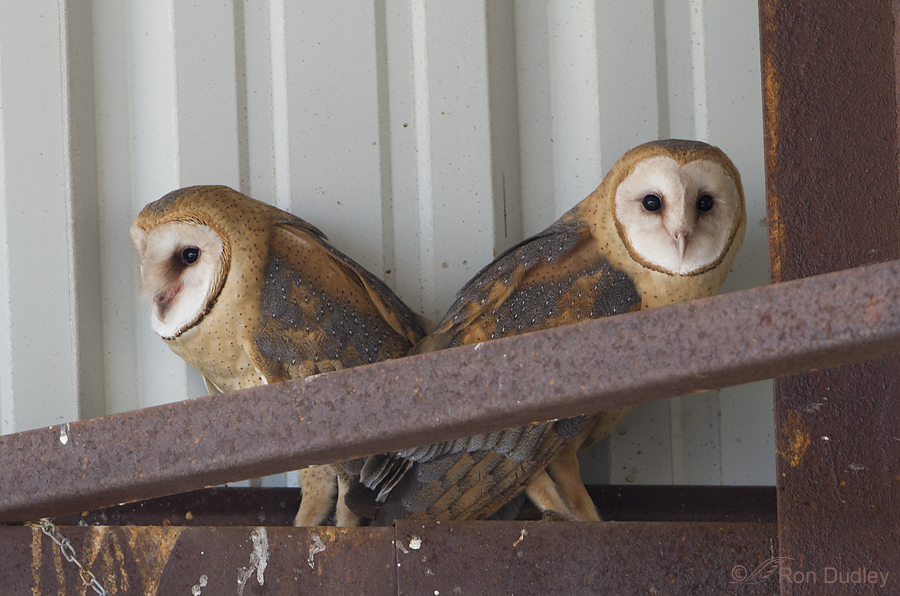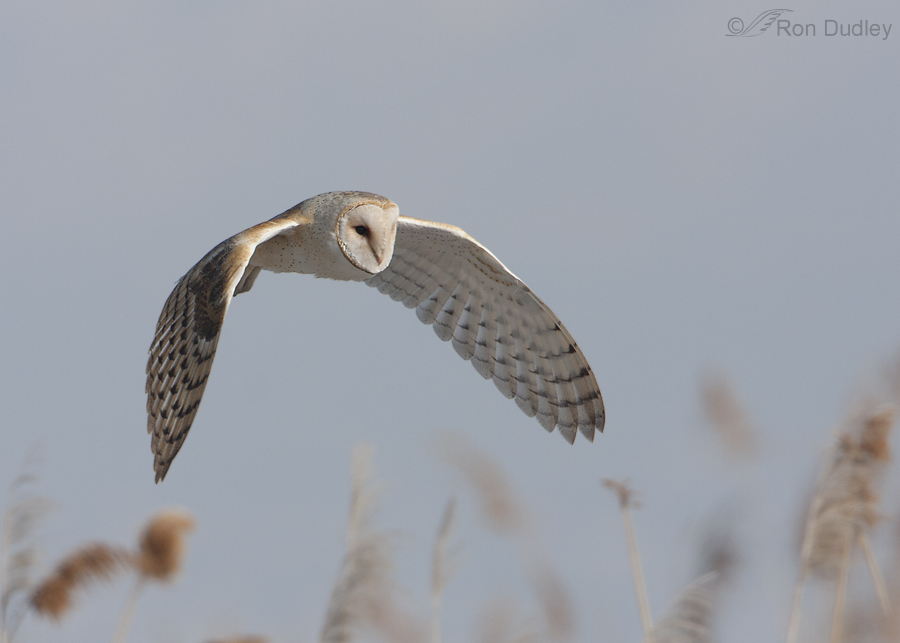Some Hope For Barn Owls

I’ve reported previously on this blog that Barn Owl populations took a huge hit this past winter in northern Utah. It was dreadfully cold for much of the winter with lots of snow. Normally that’s not a huge problem for these owls but with deep snow on the ground we had a warm spell that melted the surface of the snow and immediately after that we had an extended cold snap. Those conditions caused a hard crust of ice to form on the snow surface that lasted for weeks.


